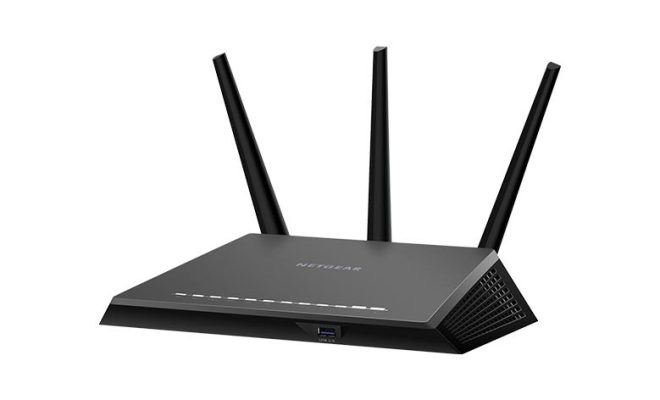Assistive Technology to Help Children with Autism Spectrum Disorder (ASD) Succeed Academically

Children diagnosed with autism spectrum disorder (ASD) experience a variety of symptoms that can cause challenges in the classroom. Most of them will have some difficulty with social interactions including reading facial expressions and following a conversation. They might become easily upset by changes in routine, experience sensitivity to environmental stimuli, and become easily fixated on things. All of these present a problem for teachers, but there are lots of options for assistive technology that can help.
If you have a student diagnosed with ASD in your classroom, consider whether some of these assistive technologies could help them to achieve better success.
Talk Light
One of the more visible signs of autism is an extreme sensitivity to stimuli. Some children might be very sensitive to the way their clothing fits them or how certain foods feel in their mouth. However, teachers can help by limiting the amount of loud noise that surrounds their student. The Talk Light gives educators a visual indicator of when the noise is becoming too loud. It will move from green to yellow to red when you need to quiet things down a little. A pair of noise-canceling headphones might be helpful when you see the talk light turn yellow.
Organizational Apps
Because students with ASD have a difficult time with deviations from the norm, a visual schedule could be a helpful tool. Tablets give children the ability to carry their schedule with them and quickly make changes. Many of the apps also include a section for organizing daily activities, creating checklists, and keeping track of other important items. Consider programs like the Able AAC to meet this need.
AAC Devices
Language deficits are a real struggle for children and families affected by autism. Some children are completely nonverbal, which makes it difficult to assess their needs. With an augmentative and alternative communication (AAC) device, you can get a better idea of what a child might be thinking. These can take on several forms depending on the child’s need. They might be able to select a picture and have the word read aloud or they might be able to type in a full sentence. Some of this will depend on the fine motor skills and capacities of the child.
Social Skills Programs
Teaching social skills can be very tricky for students with ASD. Assistive technology can really help to impart these concepts in a much faster and more effective manner. There are several apps available that help children to process facial expressions, body language, and different social situations. Programs like Aiko & Egor allow children to watch videos with a simple animation that models play skills and social behaviors based on research. Be sure to look for programs based on real research instead of anecdotal evidence.
Students with autism spectrum disorder can succeed academically when given the proper tools. With the right help and assistive technologies, they can achieve great things in the classroom setting. Be sure to consider that each child’s needs will be very different with this disorder so you can keep them in mind when you select technology to help.





